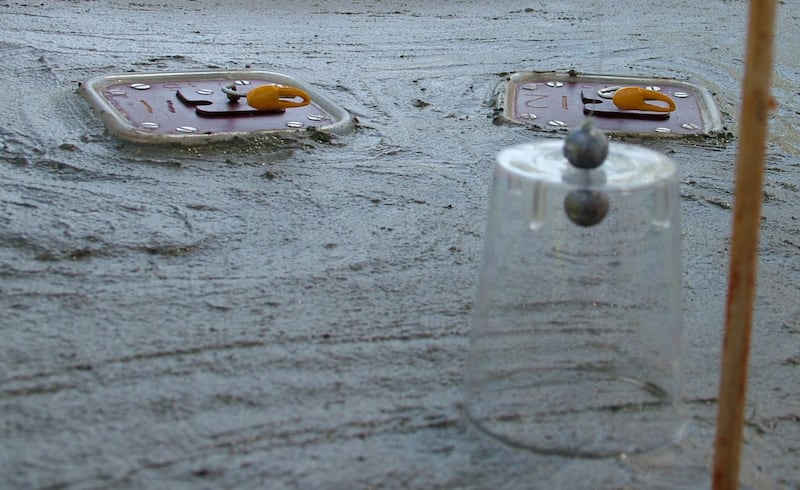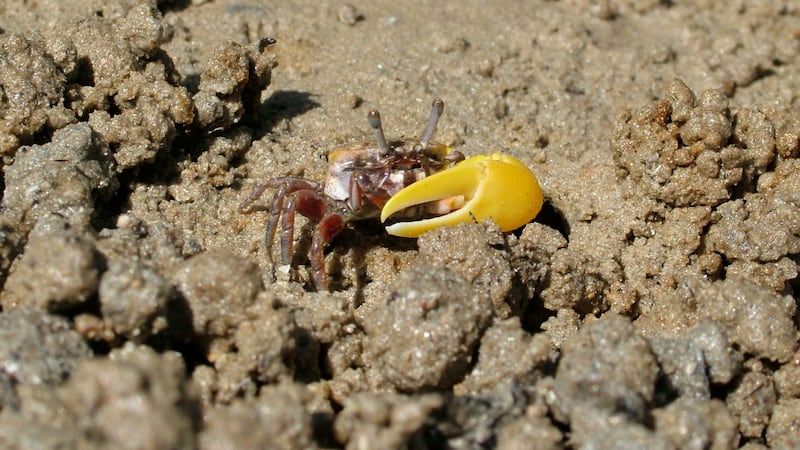Strictly speaking, it’s more a case of quick quick quick than quick quick slow for male fiddler crabs hoping to score with their dance routines.
Crabs with the energy to keep increasing the pace of their courtship displays are the most likely to attract a mate, research has shown.
Scientists made the discovery after introducing female fiddler crabs to specially designed waving robot claws.
Tests were carried out in which the mechanical arms moved at a constant speed, slowed down, or speeded up.

Females showed a strong preference for robot claws that waved faster and faster.
Fiddler crabs are famous for their courtship dances, in which males try to impress females by waving their heavy larger claw – a physically demanding exercise requiring strength and stamina.
Lead researcher Dr Sophie Mowles, from Anglia Ruskin University, said: “Dynamic signal repetition, as seen in the courtship display of male fiddler crabs, can incur significant energetic costs that reveal the quality of the displaying individual.
Fiddler crabs: masters of dating? #OurPeople Sophie Mowles @aru_fst speaks to @BBCr4today: https://t.co/D1p8ZzDvIg (skip to 49:03) pic.twitter.com/QHXGY02a9c
— Anglia Ruskin (@AngliaRuskin) March 16, 2017
“They allow females to select physically fit mates as these ‘signals of stamina’ will reflect a male’s ability to perform other demanding activities associated with survival, and reduce the risk of mating with weaker signallers that might be diseased.”
The findings, published in the Royal Society journal Biology Letters, suggest that female fiddler crabs watch male courtship displays as carefully as Strictly Come Dancing judges.
“Females not only take into account the current level of courtship signal production, but also any changes in rate which might provide information about a male’s quality,” said Dr Mowles.
“For example, a decreasing rate might indicate that the male, despite appearing to be a vigorous and effective signaller, has exhausted his energy reserves.”








